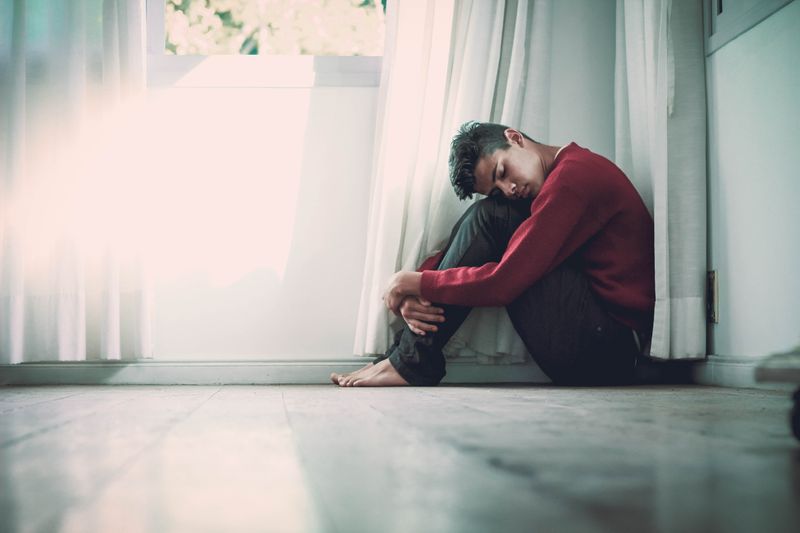
This logo isn't an ad or affiliate link. It's an organization that shares in our mission, and empowered the authors to share their insights in Byte form.
Rumie vets Bytes for compliance with our
Standards.
The organization is responsible for the completeness and reliability of the content.
Learn more
about how Rumie works with partners.
People with bipolar disorder (BD) experience extreme emotional highs and lows.
Did you know there are 4 different types of BD?
Understanding the symptoms of each type could help you or someone you know recognize the need for mental health support.
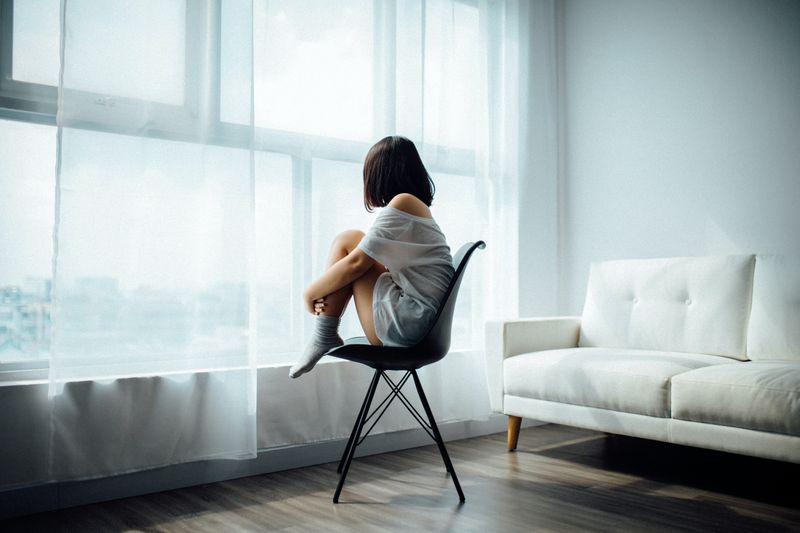 Photo by Anthony Tran on Unsplash
Photo by Anthony Tran on UnsplashImportant Terms
To understand the types of bipolar disorder, you need to know these 3 terms and the symptoms associated with them:
Mania —An intense emotional high. Symptoms include having more energy, being delusional, making risky decisions, and not sleeping.
Hypomania —An emotional high that is less intense than mania. Hypomanic symptoms are similar to mania but don’t last as long. Hypomania doesn't require hospitalization.
Depression —Asevere emotional low. You may be overly tired, have low energy, or feel hopeless or empty.
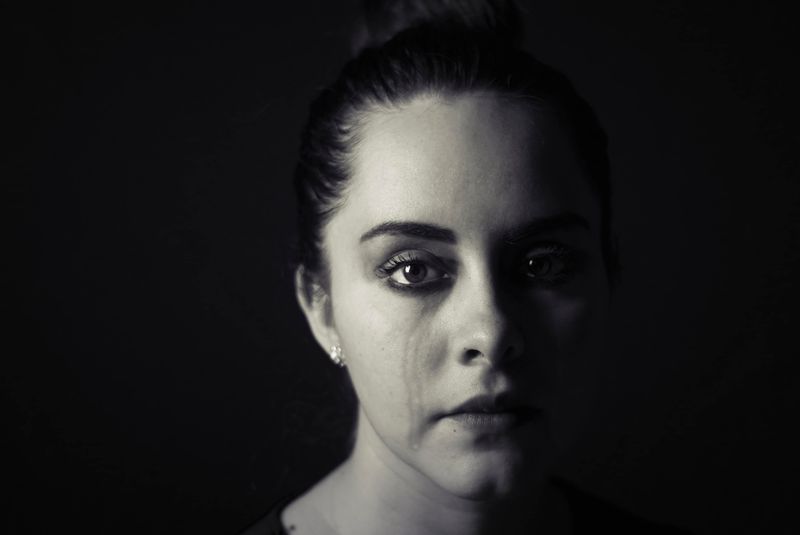 Photo by Danie Franco on Unsplash
Photo by Danie Franco on UnsplashBipolar 1
Bipolar type 1 might look like:
Experiencing severe mania lasting at least 7 days
Being hospitalized during a manic episode
Encountering periods of depression (but not in every case)
Did you know?
Bipolar 2
Bipolar type 2can look like:
Enduring intense depressive episodes, usually lasting longer when compared to bipolar 1
Having periods of hypomania
Not having extended manic episodes
Quiz
Jodie experiences extreme bursts of energy where she engages in dangerous behavior. After a week or so, she’s back to her normal self. Which type of BD might she have?
Those with BD 1 experience stronger manic symptoms, such as engaging in risky behavior. Those with BD 2 endure intense depression but don't experience extreme mania.
Cyclothymic Disorder
People with cyclothymia experience hypomania and mild depression lasting more than 2 years. If left untreated, cyclothymia can turn into bipolar 1 or bipolar 2 disorder.
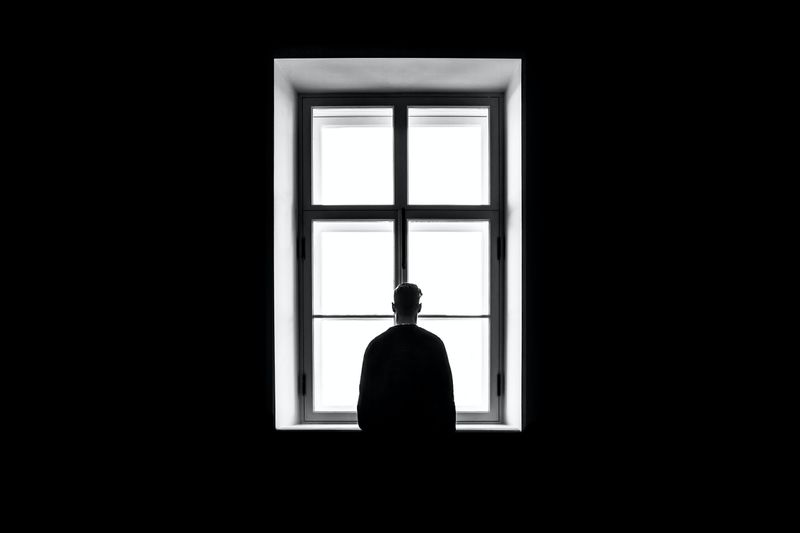 Photo by Sasha Freemind on Unsplash
Photo by Sasha Freemind on UnsplashDid you know?
Unspecified Bipolar Disorder
If you have unspecified bipolar disorder, you don’t neatly fit into any of the categories above. Still, you experience abnormal changes in mood for significant periods of time.
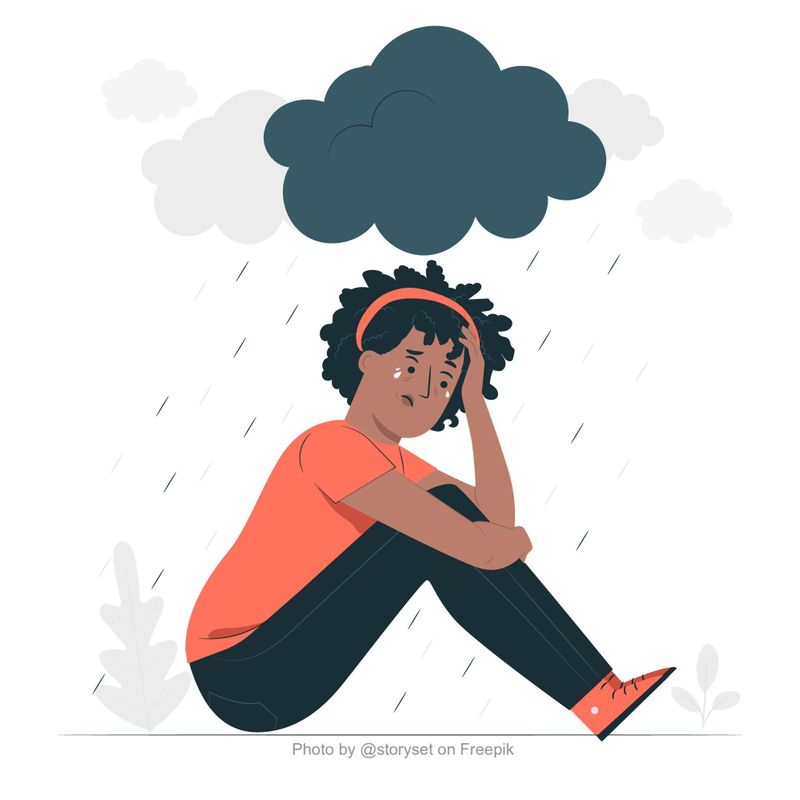
What To Do If You Think You Might Have Bipolar Disorder
Any form of bipolar disorder can affect your quality of life. Contact an experienced professional if you think you have BD. There are many available treatment options.
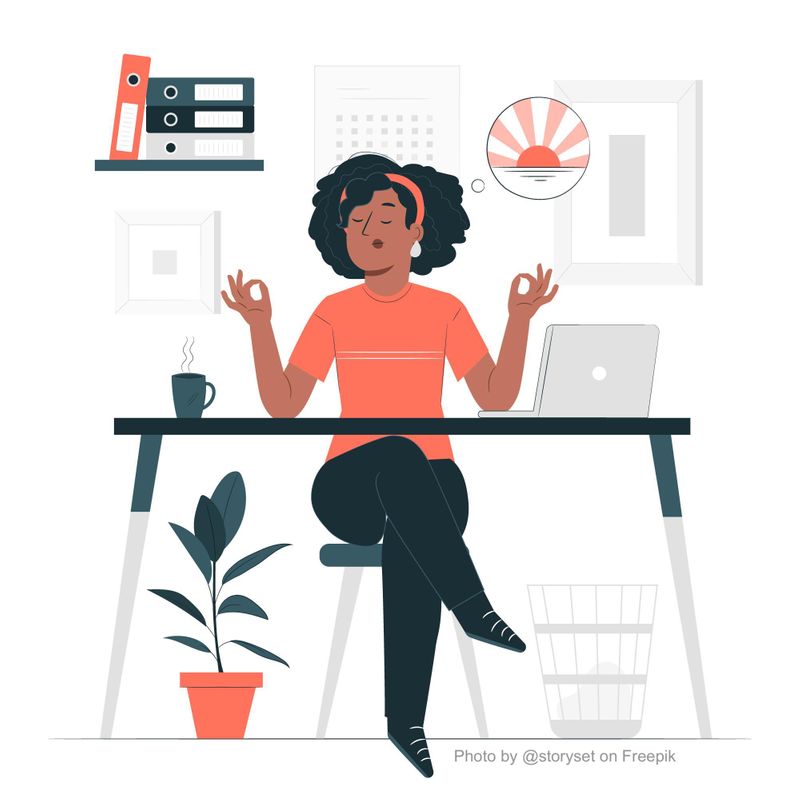
Take Action
This Byte has been authored by
Kymberly Mayfield
Grad student
This Byte has been reviewed by
Yasmin R. Singh
RP (Qualifying), MA

